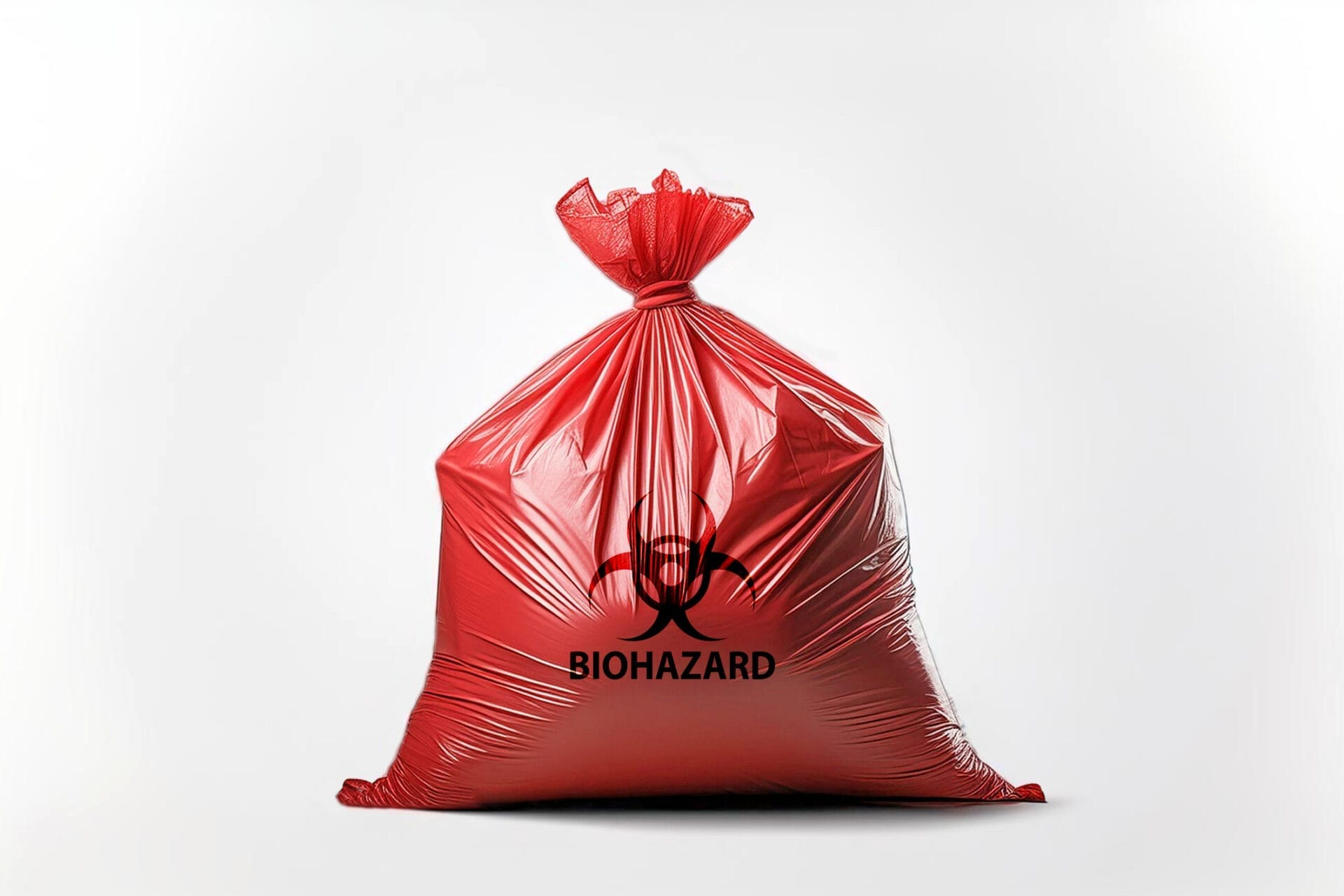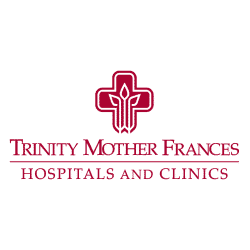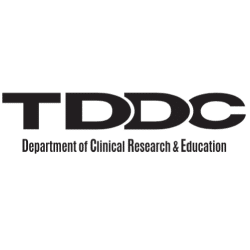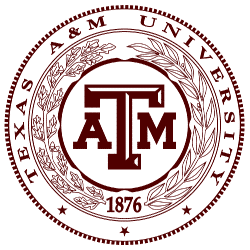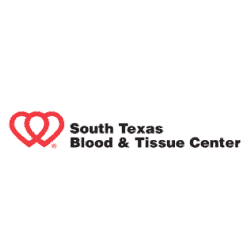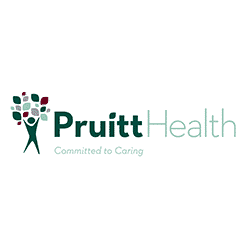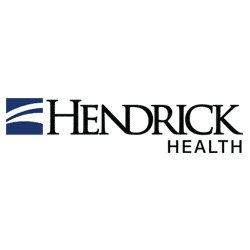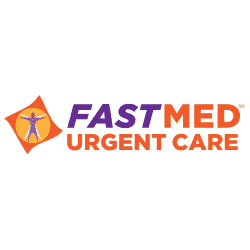Biohazardous Waste Removal: What Healthcare Facilities Need To Know
Biohazardous waste touches every corner of a healthcare facility, from reception to procedure rooms. Getting it wrong can put staff and patients at risk, trigger regulatory penalties, and damage your reputation. Getting it right protects people, safeguards your license, and keeps operations running smoothly. This guide explains what qualifies as biohazardous waste, how to segregate and contain it, and the steps for safe removal. You will also see how Medsharps streamlines compliance with turnkey solutions across Texas and the Southeast United States.
What Qualifies as Biohazardous Waste
Biohazardous waste is any material that may contain infectious agents or pose a risk to human health. In clinical settings, it typically includes:
- Sharps: Needles, syringes, scalpels, lancets, broken glass, and suture needles.
- Regulated medical waste: Items saturated or caked with blood or other potentially infectious materials (OPIM), such as gauze, bandages, suction canisters, and surgical drapes.
- Pathological waste: Human tissues, organs, and body parts.
- Microbiological waste: Cultures, stocks, and items used to handle them from labs and clinics.
- Contaminated PPE and supplies: Gloves, gowns, tubing, and materials contaminated with blood or OPIM.
- Veterinary biohazards: Comparable waste streams from animal care that require the same regulated handling.
Not all clinical trash is biohazardous. Items with minimal spotting or dried blood, routine office waste, and food waste do not belong in biohazard containers. Clear definitions reduce cost and liability, since overclassification increases disposal volume and underclassification increases risk.
Risks of Improper Disposal
Improper handling can lead to needlestick injuries, exposure to bloodborne pathogens, and environmental releases. It can also result in OSHA citations, state penalties, and HIPAA exposure when waste contains PHI. For Texas facilities, heat adds another risk since high temperatures can increase odors and leakage risks. Proper containment, timely pickups, and trained staff are essential.
Segregation and Labeling
Effective biohazard management begins at the point of generation.
- Color coding: Use red biohazard bags for soft regulated waste. Place sharps in FDA cleared, puncture resistant containers that are closable and leakproof.
- Container standards: Keep lids closed when not adding waste. Do not overfill sharps containers; follow the fill line.
- Labeling: Mark containers with the universal biohazard symbol and facility information as required.
- Separation: Keep nonregulated waste streams out of red bags. Separate pharmaceutical, chemical, and hazardous waste per state and federal rules.
- Color coding: Use red biohazard bags for soft regulated waste. Place sharps in FDA cleared, puncture resistant containers that are closable and leakproof.
- Container standards: Keep lids closed when not adding waste. Do not overfill sharps containers; follow the fill line.
- Labeling: Mark containers with the universal biohazard symbol and facility information as required.
- Separation: Keep nonregulated waste streams out of red bags. Separate pharmaceutical, chemical, and hazardous waste per state and federal rules.
Clear signage at generation points and standardized container placement reduce errors and prevent cross contamination.
Safe Handling and Containment
Your protocols should align to OSHA Bloodborne Pathogens Standards and state rules.
- PPE first: Require gloves and, as needed, gowns, masks, and eye protection.
- Hand hygiene: Enforce handwashing after any waste handling or glove removal.
- Spill readiness: Stock spill kits where waste is handled. Train staff to contain, disinfect, and report incidents promptly.
- Storage: Keep containers upright, closed, and in designated areas that are ventilated and access controlled. Protect from heat and direct sunlight to avoid odor and leakage.
- Transport within the facility: Use carts with closable lids. Avoid elevators with patients when feasible.
Removal and Offsite Transport
Once contained, waste must be transferred to a licensed medical waste transporter for treatment and final disposal.
- Pickup schedule: Set frequencies that match your volume to prevent overfilling and extended storage.
- Chain of custody: Document container counts and weights. Maintain manifests and certificates of destruction as part of your compliance file.
- Treatment methods: Ensure your provider utilizes approved treatment technologies such as autoclave sterilization or incineration for pathological waste.
- PHI protection: If items may contain patient information, confirm HIPAA compliant handling and documentation.
A consistent, auditable process protects your staff and proves compliance during inspections.
Staff Training That Sticks
People make your program successful. Build competency with simple, recurring training.
- Annual training: Cover OSHA requirements, waste categories, container use, PPE, spill response, and emergency procedures.
- Point of care refreshers: Quick huddles and visual reminders near generation points reinforce correct segregation.
- Competency checks: Validate understanding with short quizzes or spot checks. Retrain immediately if gaps appear.
- New staff onboarding: Provide hands on container use and spill drills during orientation.
Keep attendance logs, materials, and assessment results on file. Regulators expect to see proof of training and ongoing education.
How Medsharps Simplifies Biohazardous Waste Disposal
Medsharps delivers a turnkey, compliant, and cost effective service designed for clinics, hospitals, dental offices, and veterinary practices across Texas and the Southeast.
- Licensed, trained professionals: Our drivers are courteous, thorough, and OSHA trained. We assist on site with container setup and transport boxes.
- Consistent, timely service: Scheduled routes, on time pickups, and clear communication keep your facility running without disruption.
- Comprehensive compliance: We follow OSHA and state rules for clinical and pathological waste. Documentation includes manifests and certificates of destruction for your records.
- Flexible options: No hidden fees or long term contracts. Pickup schedules match your volume and seasonality, including strategies that reduce risks during Texas heat.
- Broad capabilities: From regulated medical waste and sharps to secure shredding of PHI and compliant handling of electronic medical waste, we help reduce liability and simplify vendor management.
- Industry leading insurance: Our General Liability Insurance exceeds industry standards, adding a layer of protection for your organization.
If you operate in the I 35 corridor, our team is local and responsive. For example, facilities seeking a medical waste removal company in New Braunfels, TX can rely on our licensed drivers and documented processes that keep audits simple.
Practical Steps You Can Implement Today
- Audit your waste streams: Verify what is going into red bags and sharps containers. Correct overclassification and address gaps.
- Standardize containers: Place medical waste sharps disposal containers at the point of use and ensure each is correctly labeled and secured.
- Set a pickup cadence: Align service frequency to fill rates. Avoid containers sitting beyond maximum storage time.
- Update training: Refresh annual OSHA content and add short, focused micro trainings on segregation and spill response.
- Organize documentation: Keep manifests, training records, and certificates in a centralized digital or binder system for easy retrieval.
When To Call a Professional
Call a licensed provider if you experience frequent overfills, storage bottlenecks, odor or leakage issues, or if your team is spending time troubleshooting instead of caring for patients. A professional partner can right size container placements, adjust frequency, and provide training that closes compliance gaps quickly.
Summary
Biohazardous waste removal relies on correct classification, disciplined segregation, and reliable collection. With the right containers, clear labels, and trained staff, you can protect people and pass inspections with confidence. Medsharps makes the process simpler through licensed personnel, scheduled pickups, complete documentation, and flexible service built for healthcare. If you are evaluating providers, we are ready to help you reduce risk and streamline your program.
To learn more about container options that fit your workflow, explore medical waste containers. If you need support across Texas, our team provides medical waste management services that keep your facility compliant and efficient. For facilities in Comal County, we also offer safe medical waste removal in New Braunfels, Texas by a local, responsive team.

